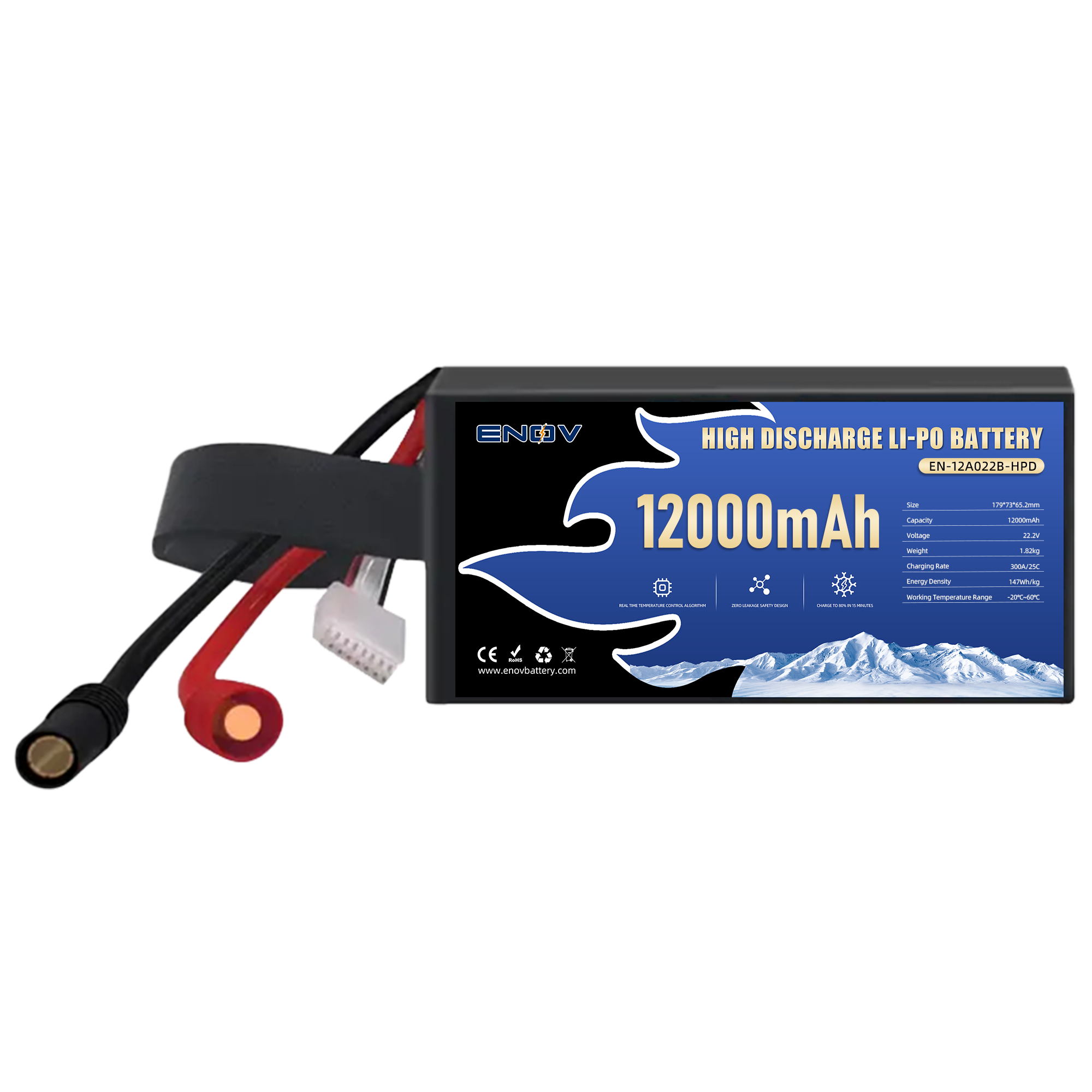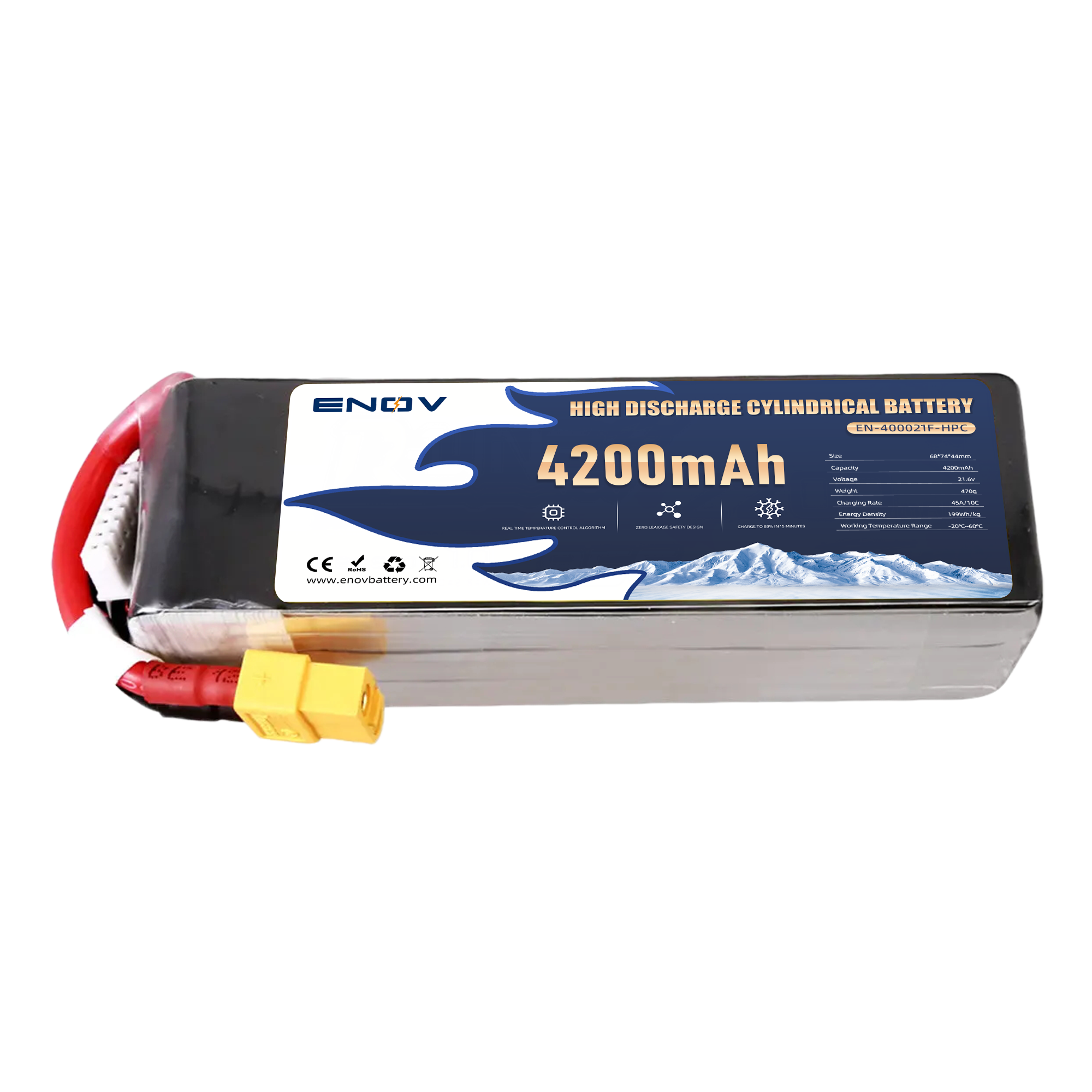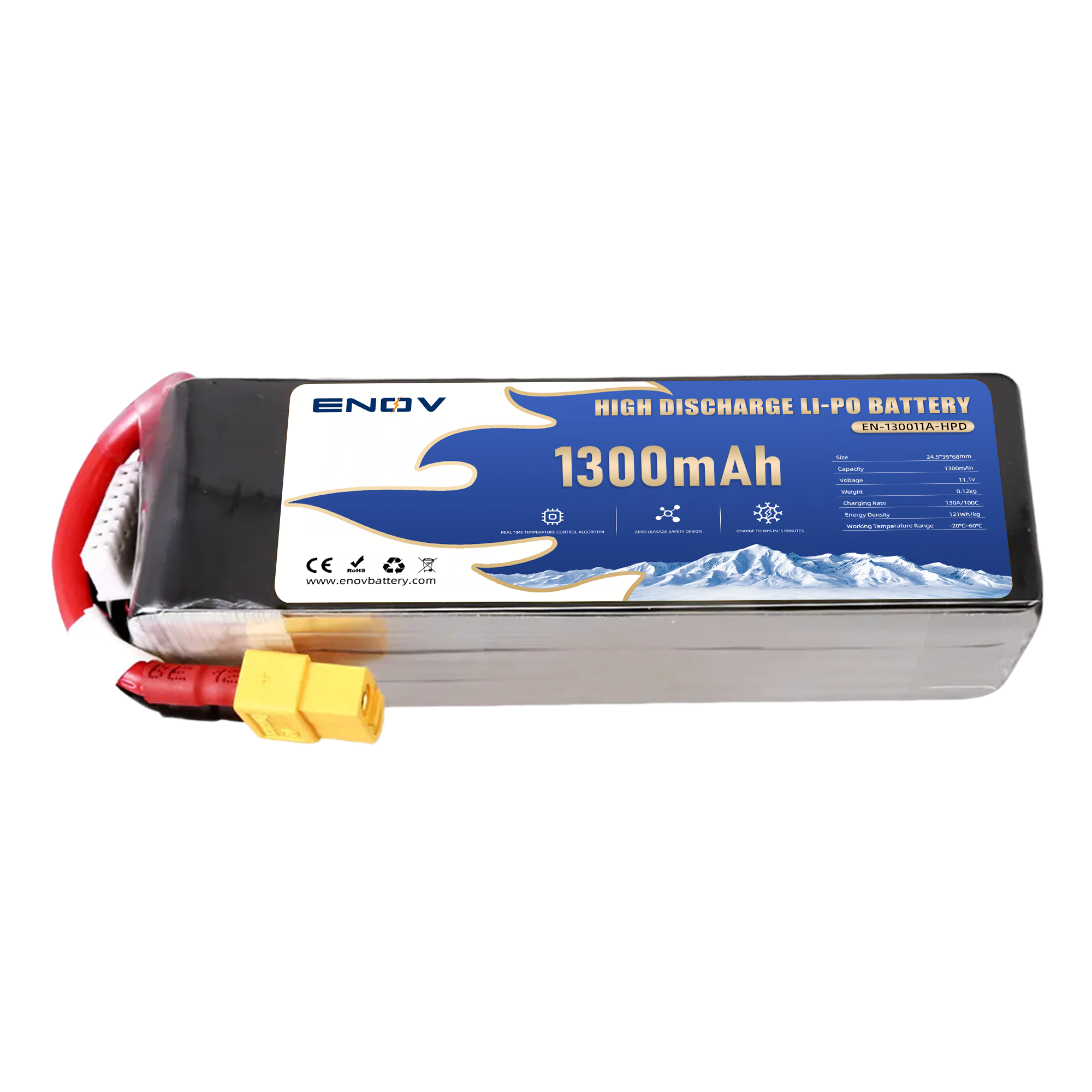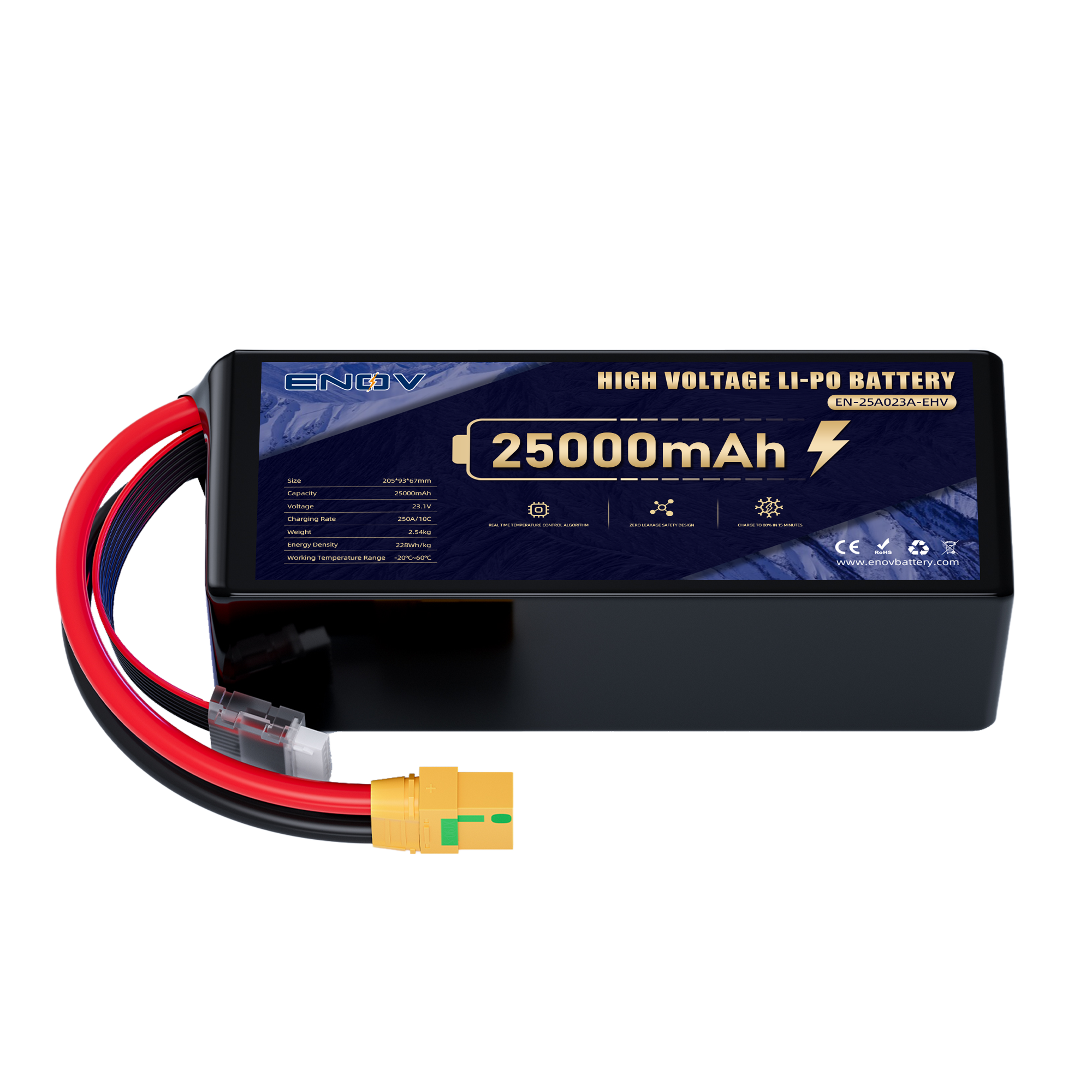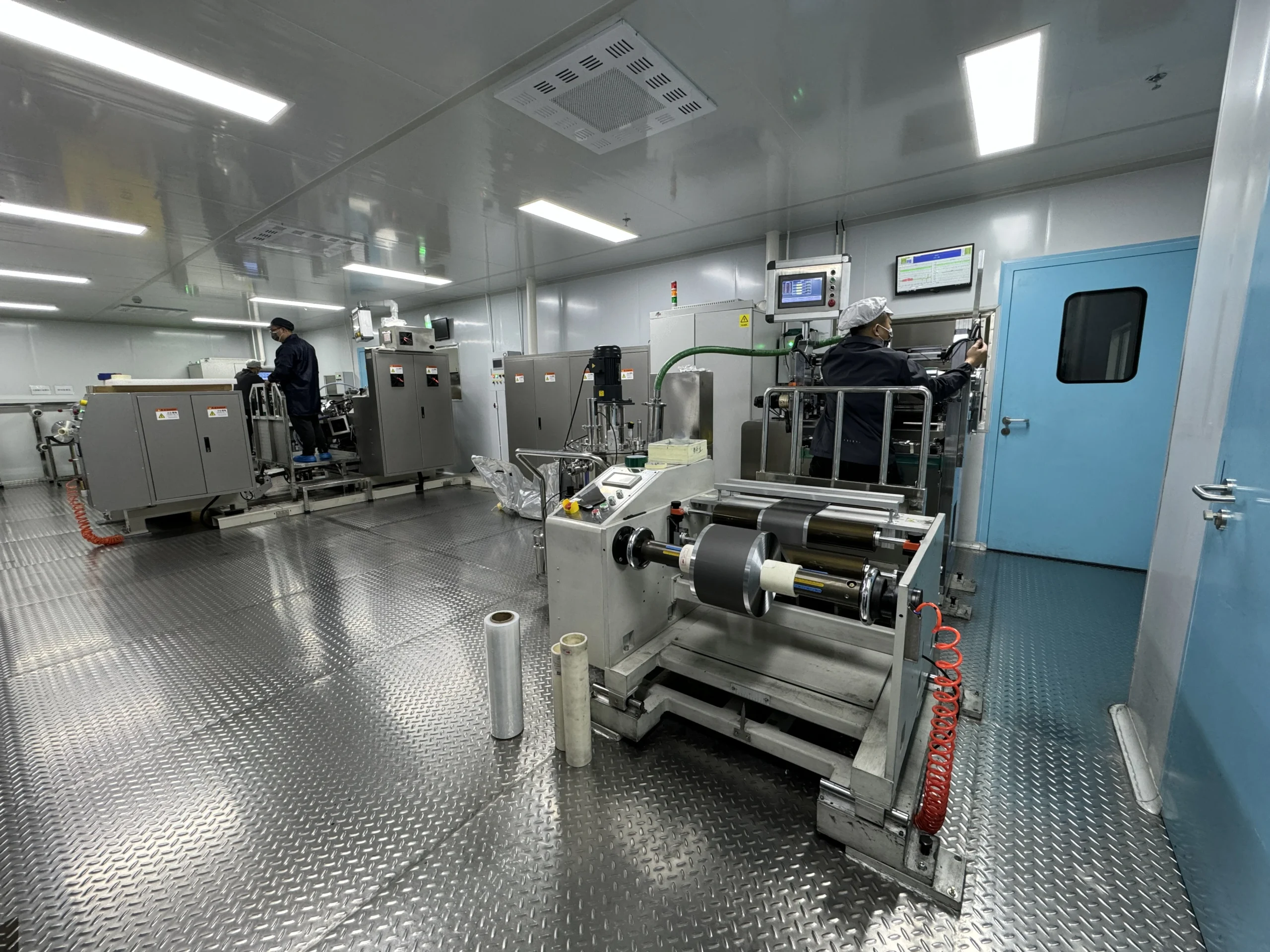Regulatory Policies Accelerating Sustainability and Safety:
A Blueprint for Global Trade
Regulatory Policies Accelerating Sustainability and Safety
Regulatory policies accelerating sustainability and safety are transforming global trade by aligning economic growth with environmental stewardship and ethical practices.
Governments and international bodies are increasingly adopting stringent frameworks to reduce carbon footprints, enhance supply chain transparency, and ensure product safety. This article examines how these policies reshape industries, foster innovation, and create resilient business models for a sustainable future.
thrust
1. Policy-Driven Environmental Accountability
Modern regulations prioritize reducing emissions and waste across supply chains. For example, the EU’s Carbon Border Adjustment Mechanism (CBAM), effective from 2026, mandates importers to report and offset emissions for steel, aluminum, and cement, incentivizing low-carbon production .
Similarly, the U.S. Inflation Reduction Act allocates $369 billion to clean energy, requiring industries to adopt renewable technologies or face penalties . Such policies not only curb environmental harm but also level the playing field for companies investing in green innovation.
Energy efficiency standards further amplify this shift. Mandates for recyclable materials in packaging, like the EU’s 95% recyclable target for plastics by 2030, push manufacturers to redesign products . Meanwhile, carbon accounting tools help businesses track emissions, ensuring compliance while identifying cost-saving opportunities
2. Safety Standards Reshaping Global Trade
Safety regulations are evolving to address both product quality and labor conditions. The EU’s Corporate Sustainability Reporting Directive (CSRD) compels firms to disclose risks related to workplace safety and ethical sourcing, fostering accountability .
In the automotive sector, stringent battery safety protocols for electric vehicles (EVs) — such as fire resistance and ethical mineral sourcing — are becoming universal benchmarks Emerging markets face dual pressures. Developing nations exporting to the EU must now meet CBAM’s emission thresholds or risk tariffs . Concurrently, food safety laws, like the FDA’s traceability rule for imported produce, require blockchain-enabled tracking systems to prevent contamination
3. Market Forces and Compliance Synergies
Regulatory frameworks often catalyze market-driven innovation. Companies adopting ESG-compliant practices gain access to green financing and consumer trust. For instance, firms adhering to the EU’s Sustainable Finance Taxonomy attract $50 billion annually in climate-focused investments .
Moreover, carbon pricing mechanisms, such as emissions trading systems (ETS), turn compliance into a competitive edge — manufacturers reducing emissions can sell surplus allowances for profit The rise of “green tariffs” exemplifies this synergy. Countries with robust sustainability policies, like Germany’s supply chain due diligence law, leverage regulations to differentiate their exports . Conversely, non-compliant businesses face exclusion from premium markets or costly retrofitting.
4. Long-Term Resilience Through Regulatory Alignment
Proactive compliance future-proofs operations against regulatory shifts. Automated reporting tools, such as AI-powered ESG platforms, streamline data collection for laws like CSRD, minimizing administrative burdens .
Additionally, circular economy principles embedded in policies — like France’s ban on single-use plastics — encourage resource efficiency, reducing reliance on volatile raw material markets Investors increasingly favor firms with clear sustainability roadmaps. Companies integrating safety and environmental metrics into core strategies see 12% higher valuations, proving that regulatory alignment drives both resilience and profitability
Conclusion
Regulatory policies accelerating sustainability and safety are no longer optional — they are integral to thriving in a globalized economy. By embracing these frameworks, businesses reduce risks, unlock new revenue streams, and contribute to planetary health. As regulations tighten and consumer expectations rise, companies that innovate within these boundaries will lead the transition to a safer, greener, and more equitable world.
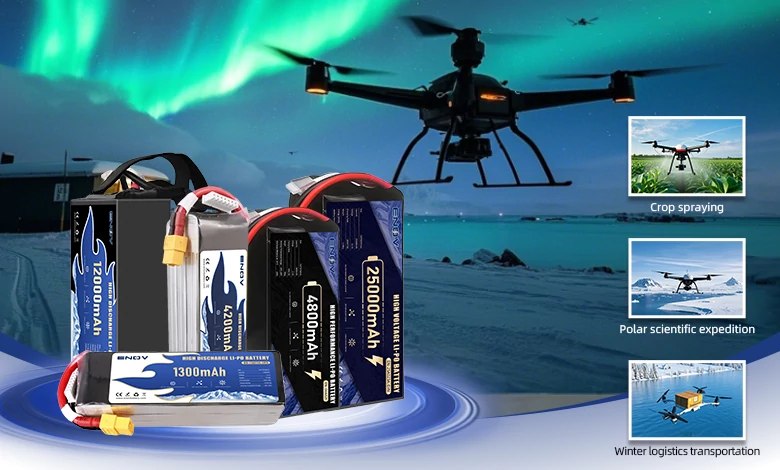
UAV DRONE battery
Enov UAV battery has the most advanced UAV battery new technology, it has a lightweight structural design, ultra-high energy density, stable continuous discharge, customized ultra-high instantaneous discharge, wide temperature working range, stable charge and discharge, battery materials can choose high nickel terpolymer positive/silicon carbon negative material system combined with semi-solid battery technology. Or choose a more mature application of more UAV lithium battery technology, available UAV battery nominal voltage 3.7V, capacity 18.0Ah ~ 30.0Ah, support 10C continuous discharge and 120C pulse discharge (3 seconds). With ultra-high energy density (220-300Wh/kg) as its core advantage, Enov UAV batteries can meet the needs of long-term endurance scenarios such as plant protection drones and transport drones, while maintaining stable emission performance in extremely low temperature environments (-40℃).
Other products
START-STOP LITHIUM BATTERY
LITHIUM ENERGY STORAGE BATTERY
QUICK INQUIRY
FAQ
Access to high frequency technical questions with one click, get accurate answers on product application, after-sales policy and customization process.
Service and Support
Get the latest product specifications, explore professional OEM/ODM customization services, click to open exclusive technical support and production solutions.
Become a Partner
We sincerely invite resources to interconnect, work together for win-win development, and immediately open a new chapter of strategic cooperation!

